This lightweight exoskeleton doesn’t need batteries to give you superhuman powers
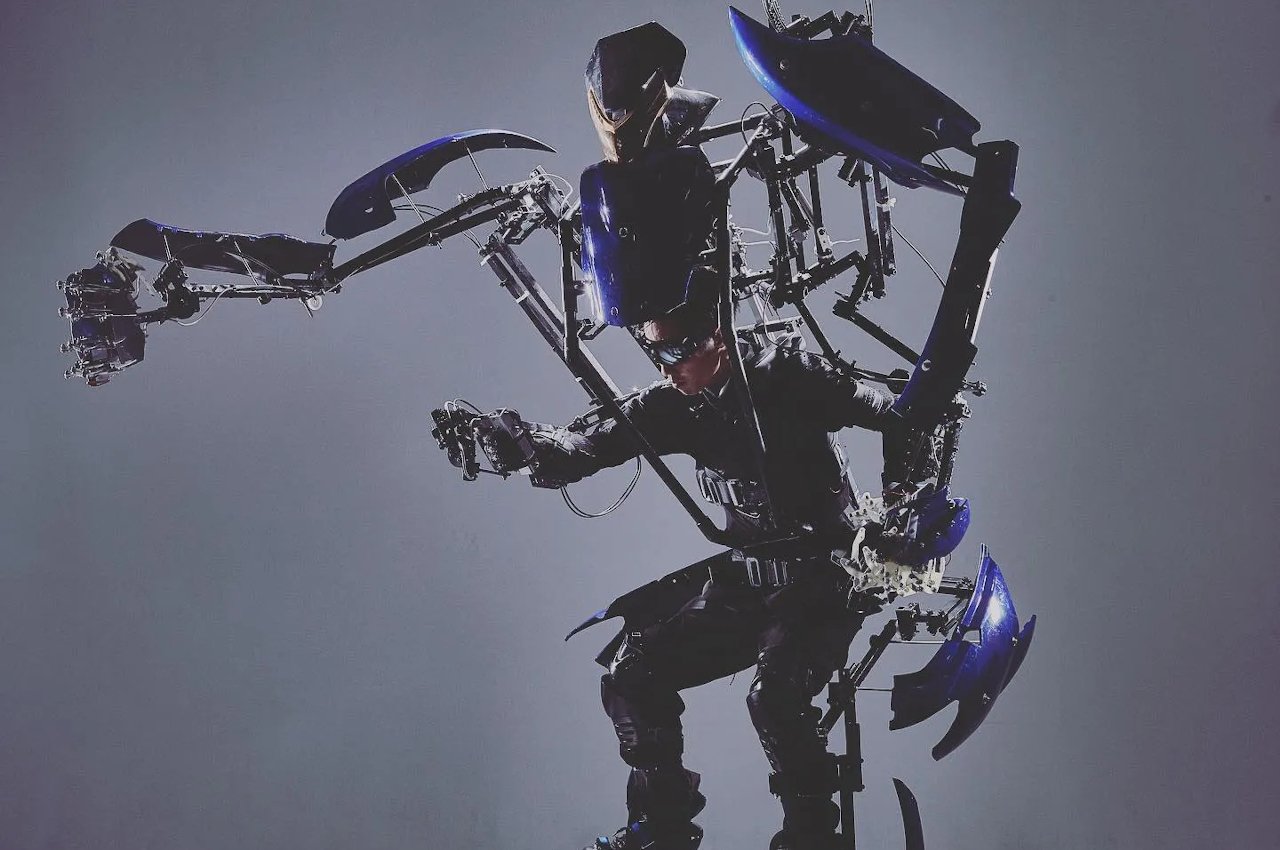
We’ve all seen real-world exoskeletons, which attempt to demonstrate how manual labor can be improved in the future even without robots. True to the common image of these mechanical suits, these exoskeletons are often large, heavy armors that don’t trade comfort and flexibility for power, making them more tedious to use despite their advertised benefits. However, it doesn’t need to look like this, particularly if you don’t intend to lift any heavy crates. For example, this exoskeleton doesn’t require batteries for movement, which makes it more suitable for recreational purposes.
Designer: Skeletonics

Exoskeletons, at least those that aren’t works of fiction, are often designed to allow feeble humans to perform extraordinary feats. It’s usually to allow people to do tasks that are otherwise impossible, such as lifting heavy items. Sure, a robot arm or forklift could probably do that, too, but those would lack the finesse that comes naturally to humans. At the same time, there will be places where heavy machinery won’t be able to squeeze into to get the job done.
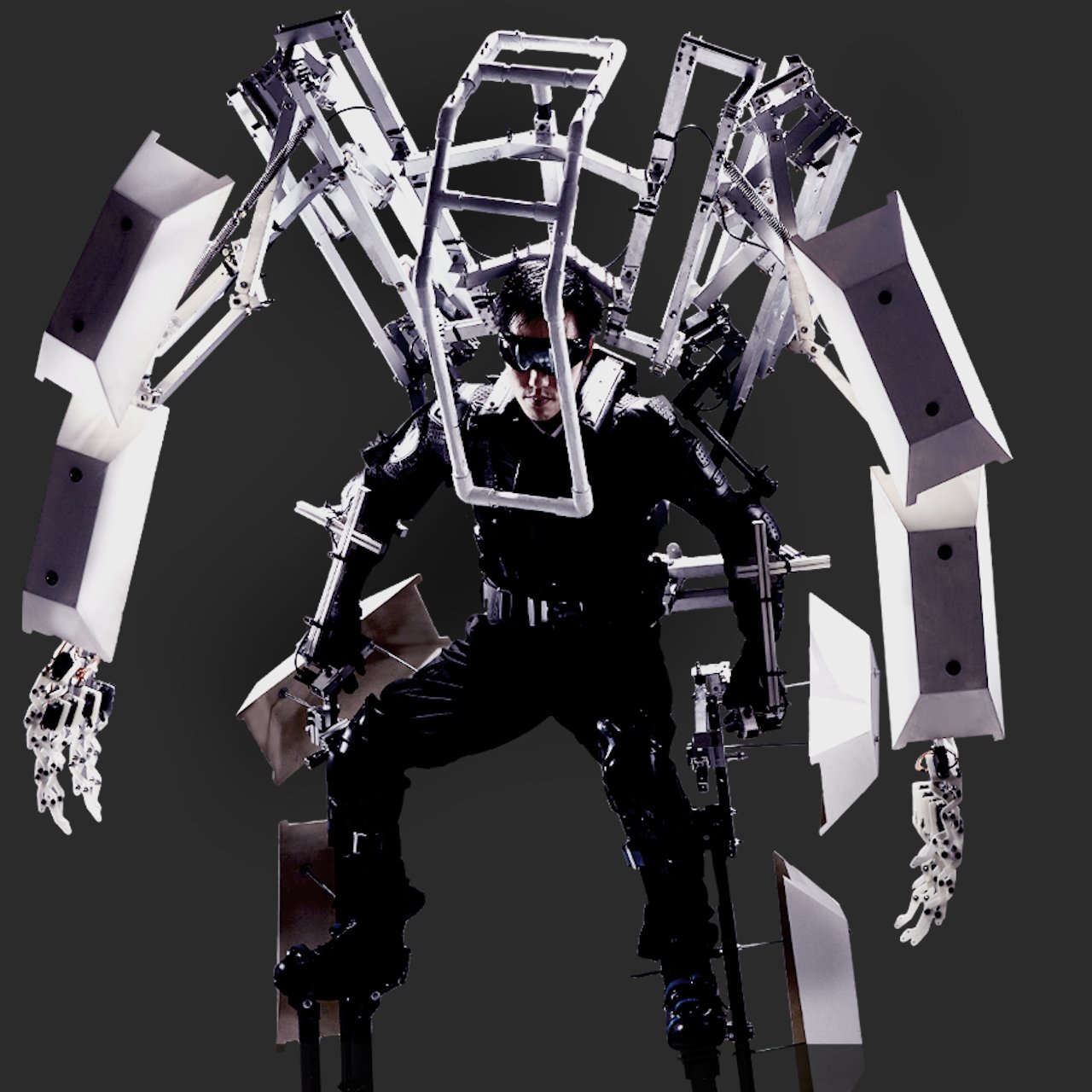
On the flip side, those suits, or sometimes just legs, aren’t exactly the most comfortable or the easiest to wear. In addition to the weight of the metal parts themselves, the exoskeletons are weighed down even more by batteries and electric motors that make the parts move. They are not more graceful than their mechanical counterparts, but they may be faster than industrial machines.
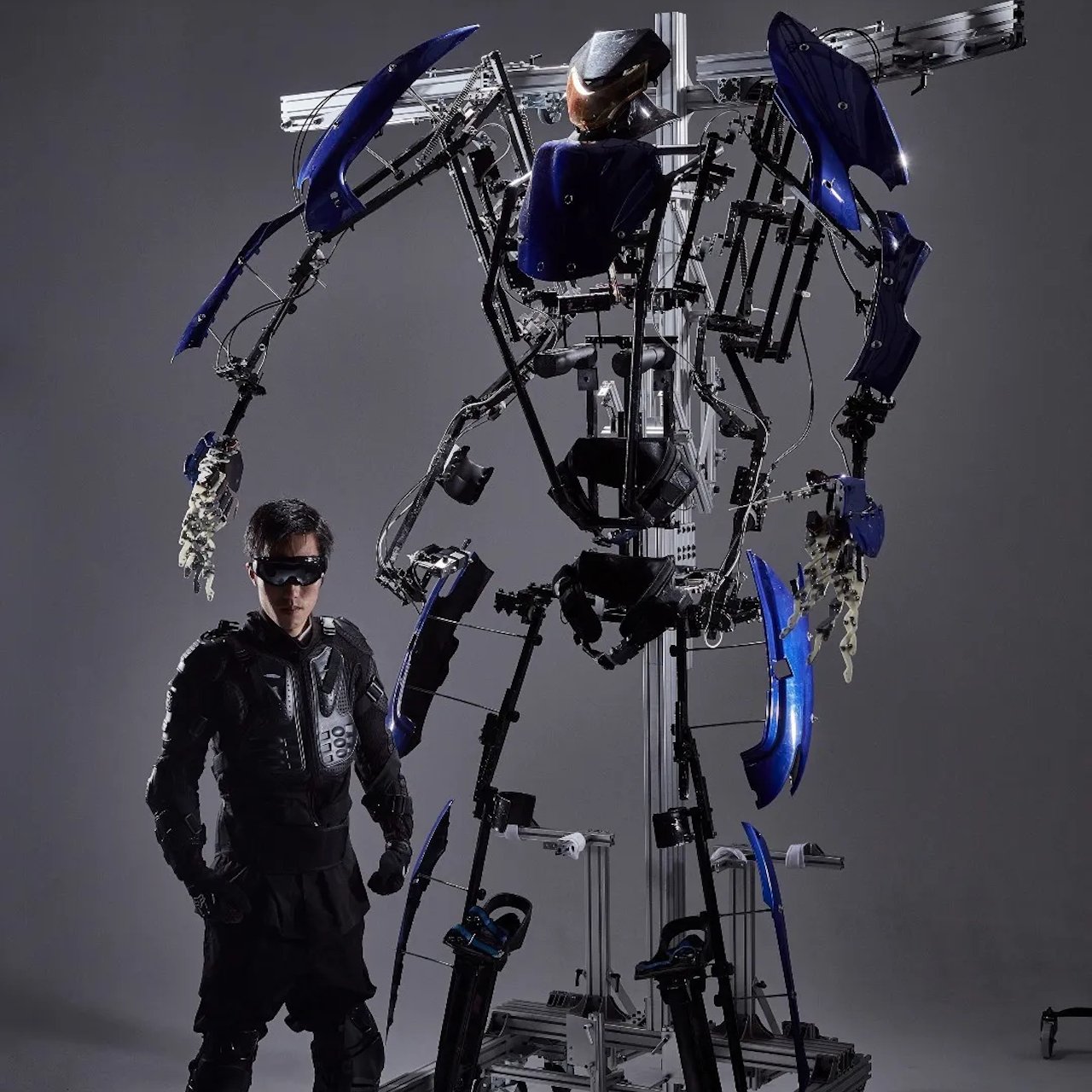
Skeletonics is different in almost all aspects. It isn’t designed to be an industrial working tool, though it could help you carry and move some heavy objects, too. It is, instead, designed to augment the fluidity and precision of human movement, allowing humans to be stronger and reach farther than they normally could without turning them into a mechanical Hulk. It is also meant to be lightweight and easy to use, thanks to having no batteries or parts that need electricity to function.
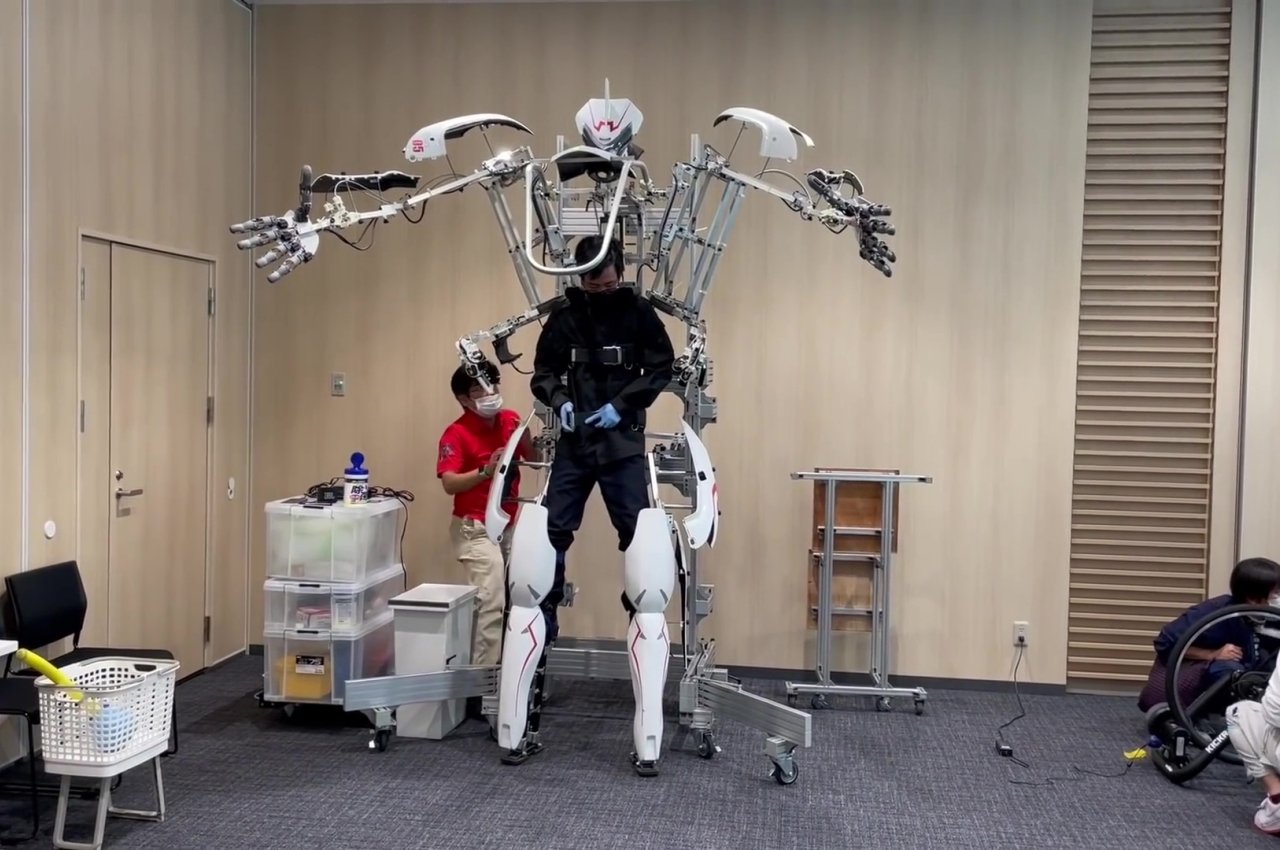
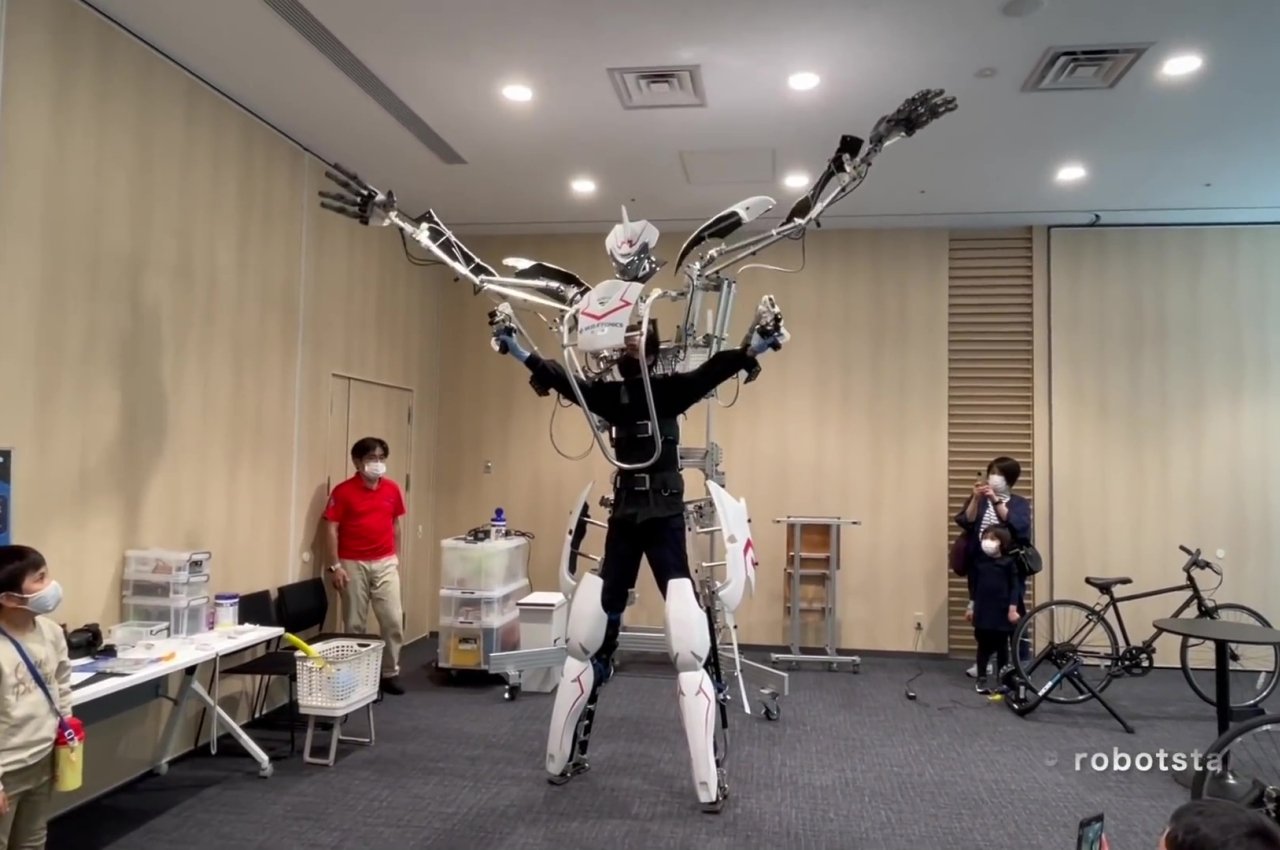
Instead of electricity-powered motors, Skeletonics uses your body’s own kinetic energy to move its own limbs. It works in a similar way to your arm and leg movements, adding strength and length. However, you’re the actual driver of the vehicle. This is the difference between grasping for something with one’s hand and using a joystick or a robot arm to move. Skeletonics cannot be used for power armor or heavy lifting. However, it can swing a baseball bat more gracefully than that.
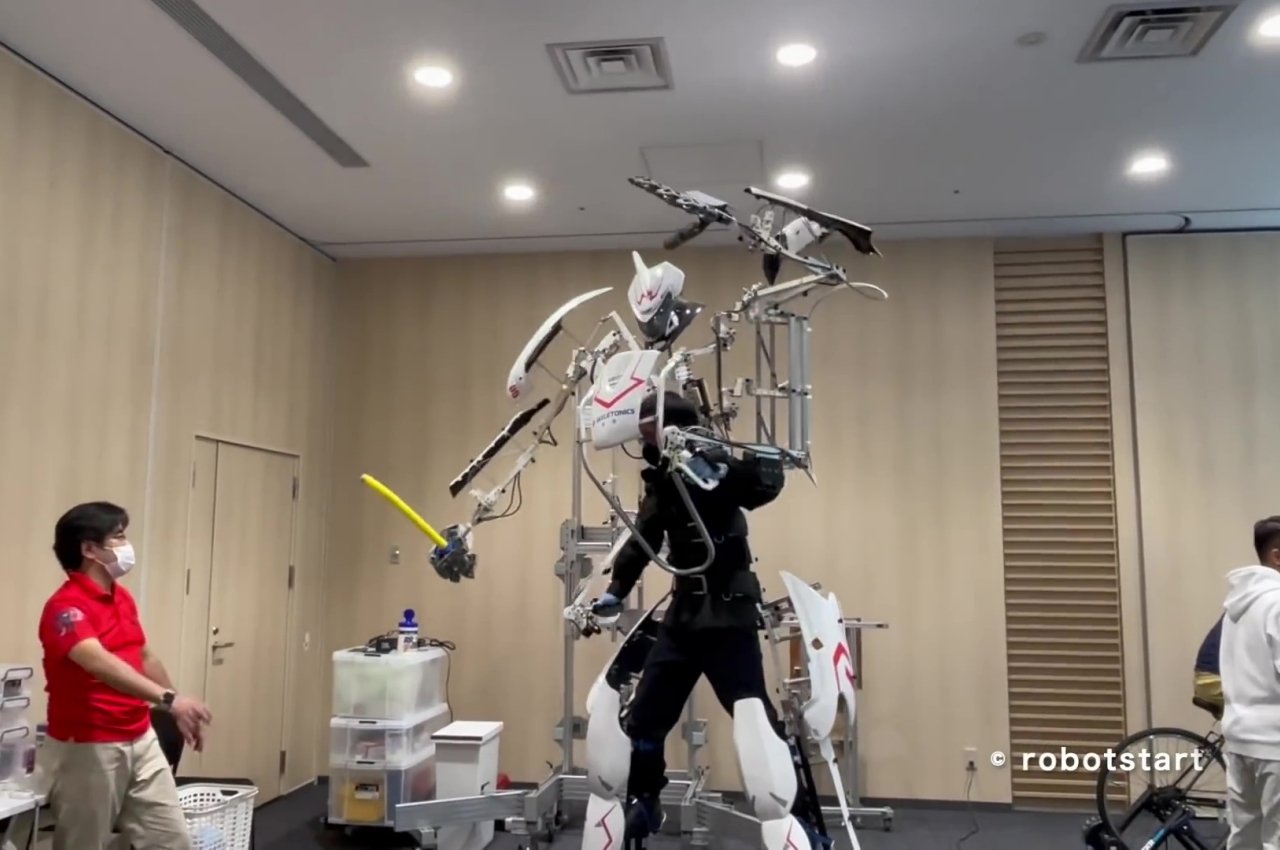
The exoskeletons are, after all, envisioned to be used for different applications, particularly what is being called “superhuman sports” or augmented sports. At the same time, however, it could also be an opportunity to give people with physical disabilities a chance to participate in those events because they could use their own bodies and the superhuman abilities they developed to drive these battery-free machines. Best of all, Skeletonics offers an alternative way to drive these exoskeletons, and hopefully, there will come a time when we won’t have to choose between that more sustainable technology and mechanical power.

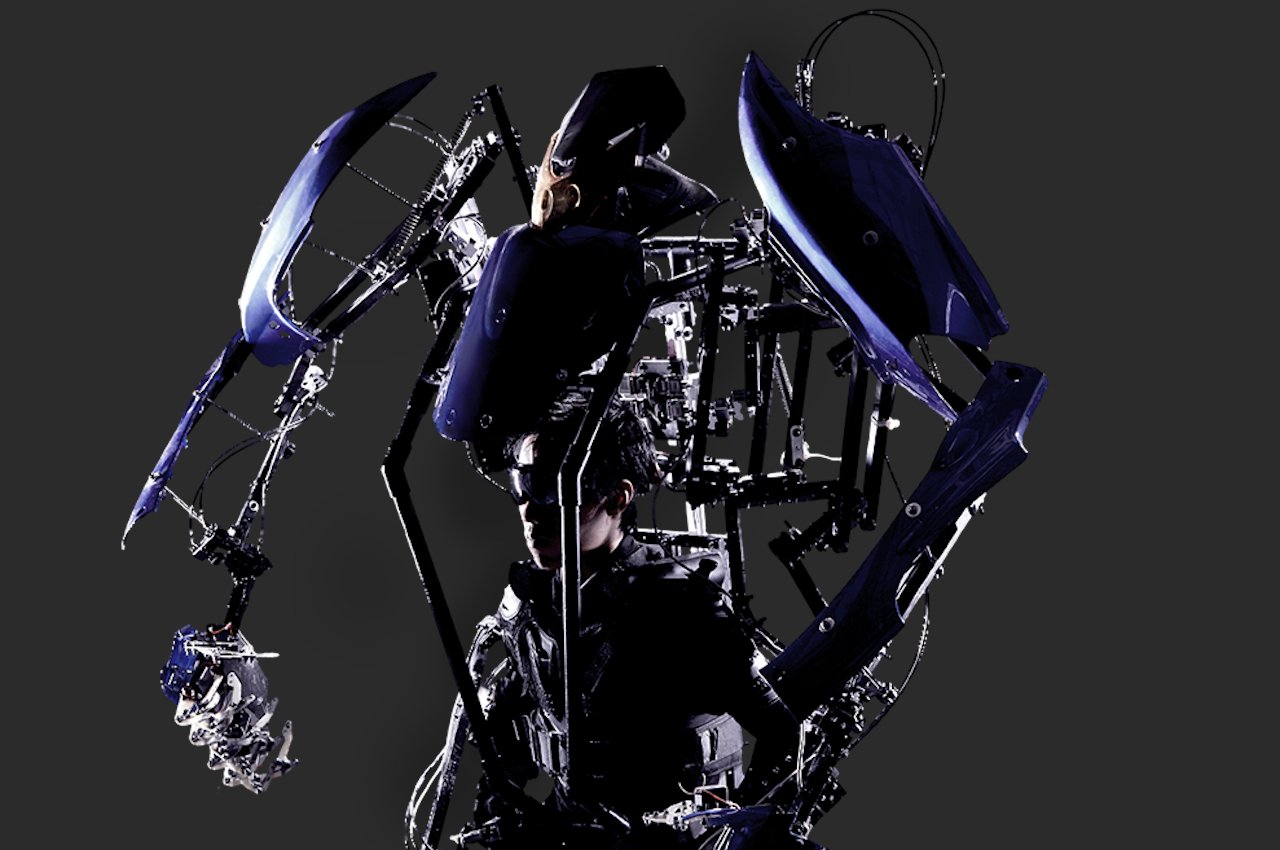
Source: www.yankodesign.com